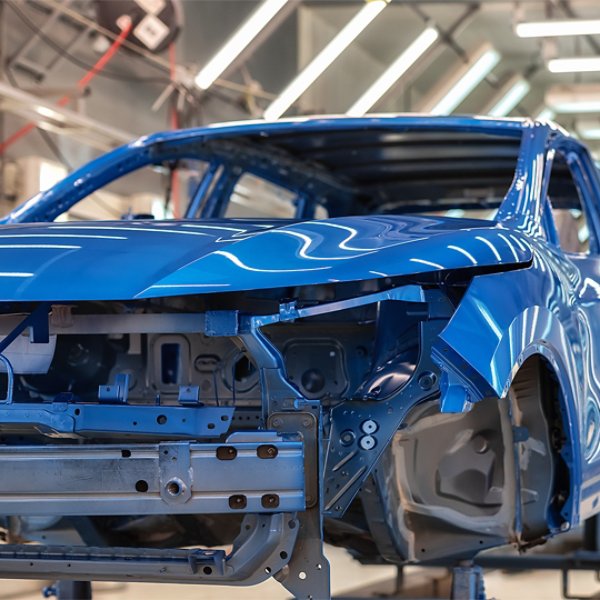By: Allison Van Pelt
When I study Kyndryl’s latest research on mainframe modernization, the overwhelming message I take away is that mainframes aren’t vanishing any time soon.
The vast majority (89%) of respondents said their mainframes are “extremely” or “very” important to their business strategy and operations, with about 56% of mission-critical applications residing on the mainframe. Those mainframes are increasingly integrated into organizations’ larger IT landscape, with 89% running in a hybrid environment.
I’m not surprised — but maybe I have my dad to thank for that. He started working on mainframes in 1967, after attending an IBM bootcamp. As he would so often say to me, “Mainframes don’t break.” When it comes to performance, reliability and security, it’s tough to compete with a mainframe.
Because these systems do such important work, it’s imperative that they’re updated, secure and well-integrated with other parts of an organization’s IT landscape — but the skill set required is broader than many organizations realize.
More than z/OS and Cobol
Yes, we need skills specific to mainframes, such as z/OS, as well as languages such as Cobol.
But because most organizations are running a hybrid IT environment, mainframe modernization also requires the skills to integrate mainframe applications with other on-premises technologies, as well as cloud and edge. And we need to run modern technologies on mainframes. Depending on the organization, Java, DevOps, GitLab, containers and even generative AI may all be considered part of the wider universe of mainframe-related skills.
There are also industry-specific applications that run on mainframes, and these too require specialized skills. Someone who knows Hogan (a mainframe application for financial services) doesn’t necessarily have a leg up in learning ALCS (which was built for airlines). These applications tend to be highly customized, so organizations often find that trying to move them off the mainframe means compromising on feature functions that they’d rather preserve.


